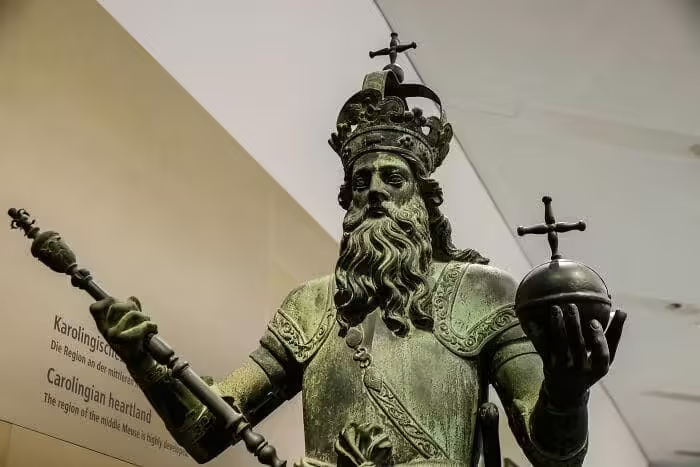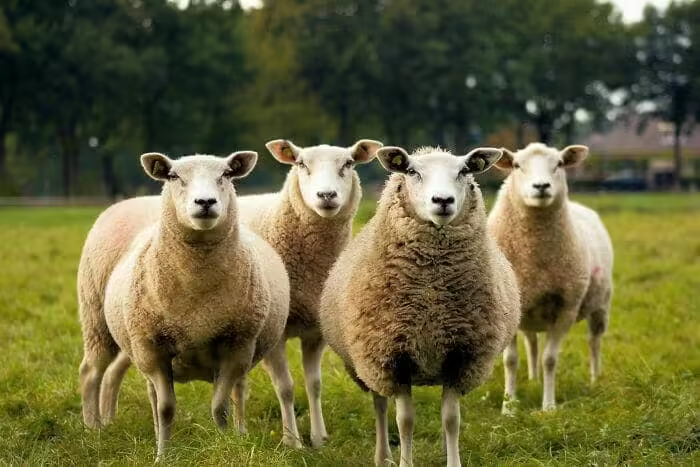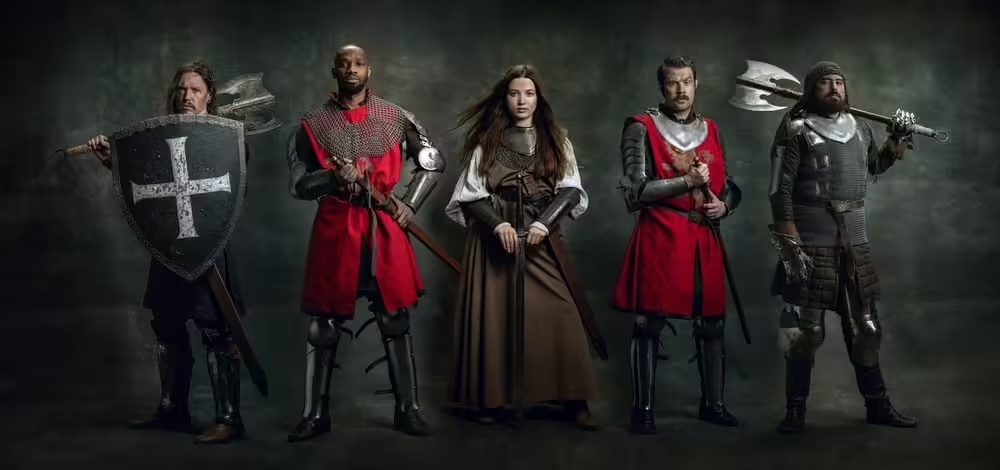If you know even a little about history, you’ve probably heard of the Middle Ages. Many people mistakenly think that it was a dull and eventless period, but that’s far from the truth. In fact, a lot happened during this time! The entire era is often misunderstood, but the following list may prove to be an opportunity to learn more about it today.
The Medieval Age, which spanned from roughly the 5th century AD to the 15th century, was a period of strange customs. Just like today, people eagerly followed the latest fashion trends, no matter how questionable they were. Take women’s beauty standards. In hopes of getting a rounder, smoother face, women plucked their eyebrows, eyelashes, and even their hairlines.
However, women weren’t the only ones keeping an eye on new trends. Men – especially men of a certain class – also made sure they followed the latest fashion. In medieval times, the length of men’s shoes reflected their social status. Because of this, some men’s shoes would become so long that they had to be reinforced with materials such as whalebone.
Must Read: Netflix confirms ‘Peaky Blinders’ movie with Cillian Murphy
But while fashion crimes during the Middle Ages may have been ridiculed, it was nothing compared to the punishments meted out for real crimes. At the time, even animals such as pigs and chickens could be tried and sentenced to death for their actions. Still, the worst punishments were reserved for humans.
1. It was difficult to obtain a proper education in medieval times, so if women wanted to receive higher education, they had to join a convent. This led to the fact that many of the early female intellectuals were nuns. For example, Sister Juliana Morel is considered to be the first woman to earn a university degree in the Western world.

2. In the Middle Ages, metal sewing needles were only owned by the richest women. Those who were unable to purchase them used needles made from natural materials: bone, boar bristle, wood, and so on.
3. The Crusades were a series of religious and military expeditions undertaken by European Christians between the 11th and 13th centuries. Their main aim was to recapture Jerusalem and the Holy Land from Muslim control. The First Crusade, launched in 1096, captured Jerusalem in 1099. Subsequent Crusades had varying degrees of success. The Crusades had a profound effect on European society, increasing contact with the Muslim world, facilitating the exchange of ideas and goods, and establishing trade routes. They also influenced the development of chivalry and knightly culture in Europe.
4. Due to mistranslations, medieval people commonly believed that Jesus was compared to a unicorn in the Bible, so unicorns were frequently mentioned in religious medieval art.
Read Also: 12 best high-yield savings accounts in June 2024
5. Salt was very precious in the Middle Ages and was sometimes even called “white gold.” And since it was so precious, roads were built specifically to transport it. One of the most famous of these roads was the old salt route in northern Germany.
6. The size of farm animals in the Middle Ages was quite different from today’s animals. For example, the size of a full-grown bull was slightly larger than today’s calf. According to zooarchaeologist Idoia Grau-Solojestoa, the size of farm animals fell to a minimum number between the eighth and ninth centuries. Scientists believe that the reason for this was that the animals had to find their own food.

7. Not only a person but also an animal may have to undergo a trial. In 1474, a court found a rooster guilty of the “unnatural crime” of laying an egg; unwanted rats were often asked to leave the premises via a harshly worded letter; and interestingly, dolphins were prosecuted in Marseille in 1596.
8. Gorgoyles were built on Gothic cathedrals, but not for beauty. At first, they served as gutters. The word derives from the French “gargouille”, which can mean “throat” in English.
9. During the Middle Ages, tattoos had many functions. Some of them were used to punish criminals. Others were done by Christian pilgrims to show their devotion and commemorate their visits to holy sites. People of certain professions or social status also got tattoos. For example, knights got tattoos to show their loyalty to a particular lord or state, while sailors got tattoos to commemorate their experiences at sea.
10. In the Middle Ages, a disease called leprosy, now known as Hansen’s disease, began to appear in communities across England. It affected the skin, mucous surfaces of the upper respiratory tract, peripheral nerves, and the eyes. Sometimes, during the medieval period, it was referred to as “living death,” because its victims were often treated as if they were already dead. Funerals were held to declare those with the disease “dead” to society, and after this, relatives were allowed to claim their inheritance.




